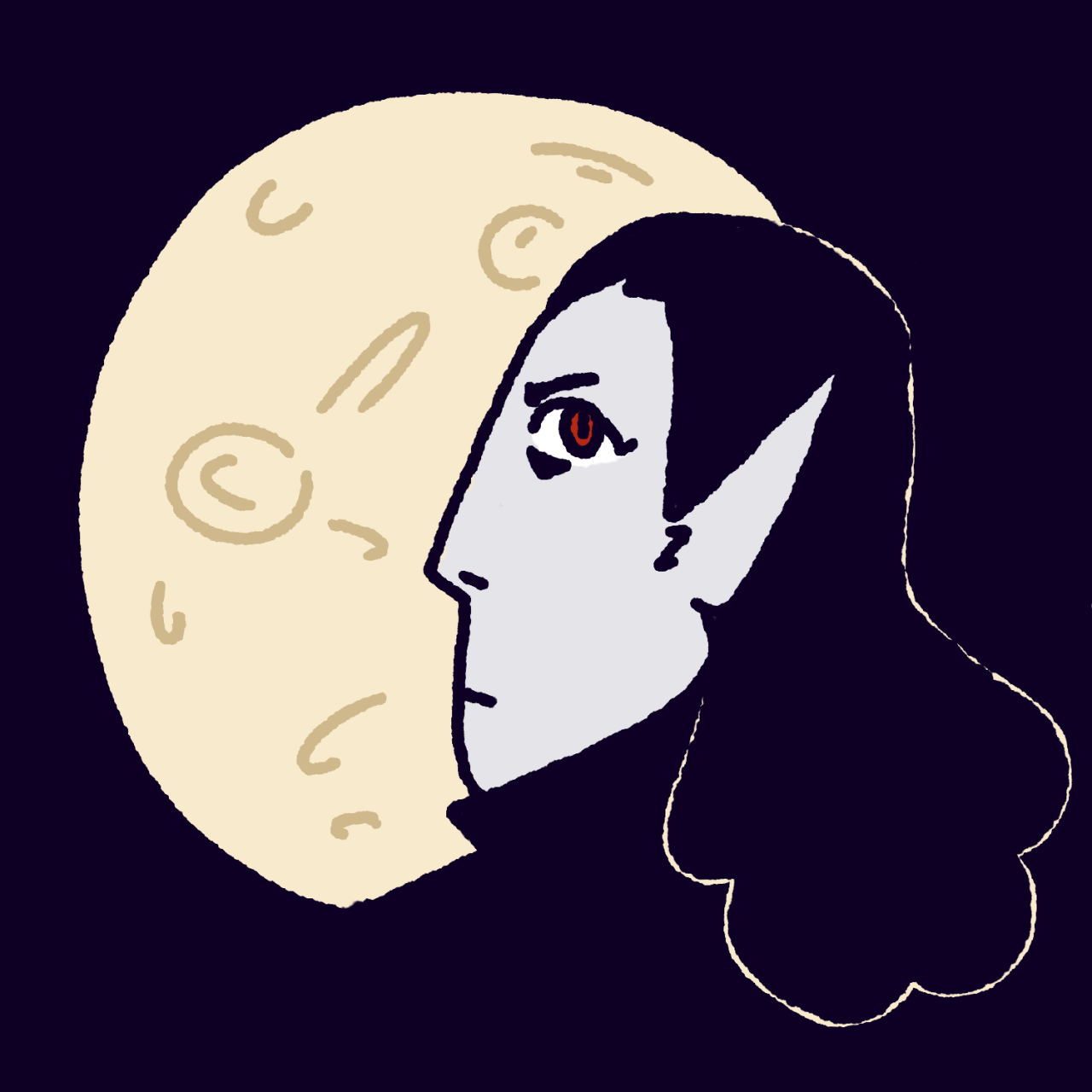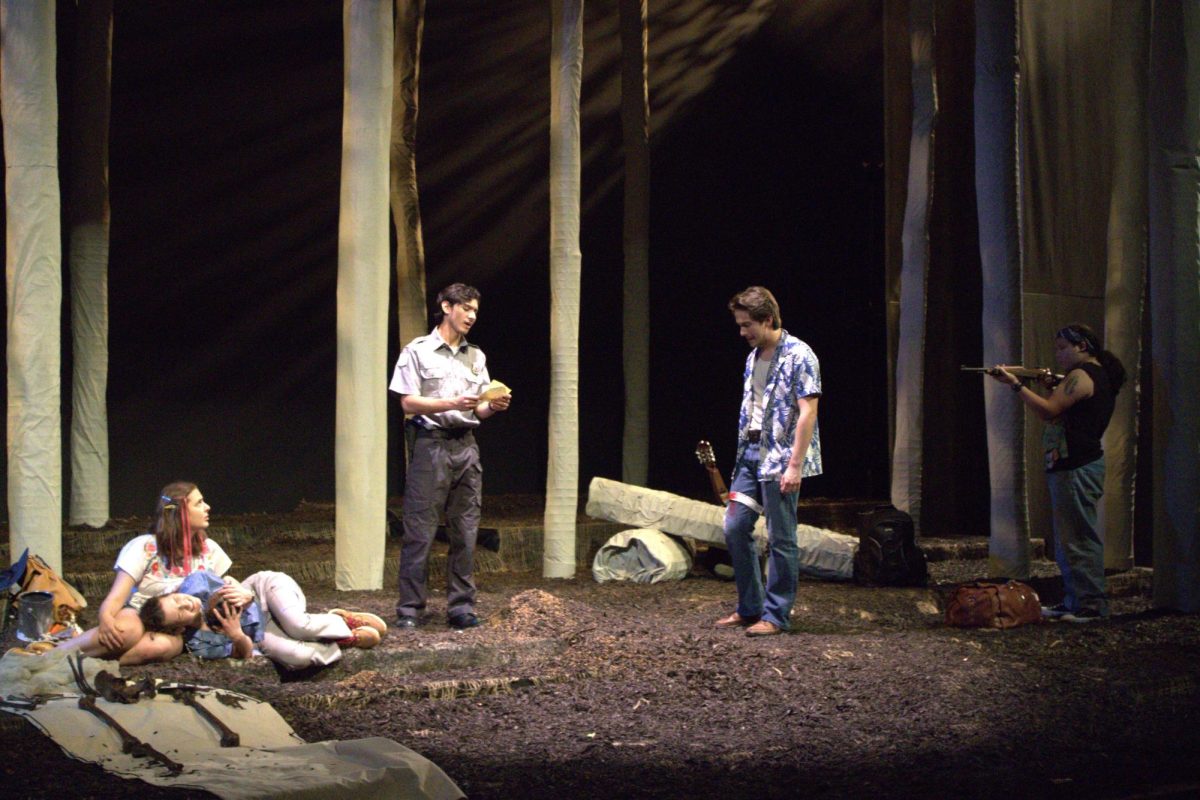Illustration by Ren Rader, guest contributor
I want you to think about the last movie you saw that had vampires. You probably have a few in mind, most likely “Twilight,” if you’re like me and used to be a big fan of the series. Now, think of the last actually competent horror movie you saw from the last fifty years where vampires are the main monster.
Nothing, right? Maybe you thought of “Salem’s Lot”, if that, but I couldn’t think of much else. As someone who recently impulse-bought Bram Stoker’s “Dracula,” I took it upon myself to read what is widely considered to be the OG vampire book (although it wasn’t the first) with a few questions in mind: While we’re now in an era of brooding vampiric pretty boys, what was the original portrayal of Dracula like? Why did this change occur? And how can an 1897 novel thought at the time to be a cheap attempt at horror teach us about how society has evolved?
Apart from minor changes that come from creators’ love to play fast and loose with the rules of vampirism, the biggest difference I found was that Stoker’s novel is in the horror genre. While this seems like something blatantly obvious, it encompasses the major changes. Unlike more recent interpretations, this Dracula was meant to scare and horrify only. He wasn’t supposed to draw sympathy or really even be a complex villain, simply a monster in the purest sense of the word. At the time that Stoker wrote this novel, a monster to be feared and hated was what his audience wanted. The world was changing in the late Victorian era. Technological and scientific innovations, Jack the Ripper and the beginnings of the feminist movement left most people terrified of the unknown — the exact fear that Dracula embodies. He’s terrifying because of how little is revealed about him. We know nothing of how he came to be a vampire, his personal history or his motivations; nearly everything is left up to our imaginations, resulting in a much scarier monster.
In recent adaptations, vampires are more often found in action-dramas or romances. They’re beautiful and strong but conflicted about their needs. Some regret their decision, like Louis in “Interview with a Vampire,” others subsist only on animal blood, like the Cullens from “Twilight,” and most fight others of their species who refuse to change their murderous ways. Vampires are no longer simple monsters because we no longer want simple villains. We want internal conflict, questions of morality, depth!
We want to be able to see the good in even the most deplorable. In a world filled with so much horror, audiences now want to be able to understand why someone would commit heinous acts. People are more willing to accept those once deemed to be “other.” We realize that other does not equal monster. Even though there are people in the world who demonize the unknown, you have to admit that the world is slowly becoming more accepting of those who are a bit different. The evolution of vampires from murderous maniacs to semi-humans with an unfortunate nutritional need is symbolic of that.
Outside of the lens of examining the evolution of vampires, Bram Stoker’s “Dracula” was an enthralling read with wonderful writing and an incredibly unique structure. Few characters have lasted as long as Dracula has, and it’s a testament to Stoker’s characterization and world-building that he has. No matter if you want to read one of the foundational books of the horror genre, use the novel as a lens to analyze society or simply want to read a great book, I highly recommend Bram Stoker’s “Dracula.” It’s definitely better than Twilight.







